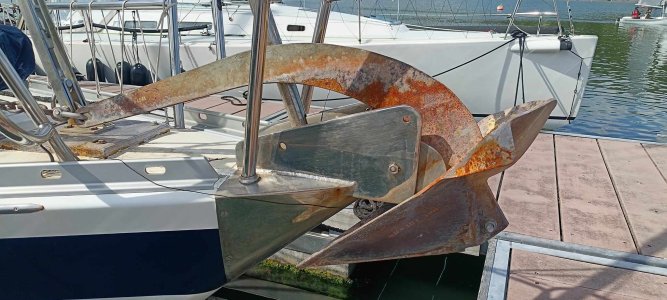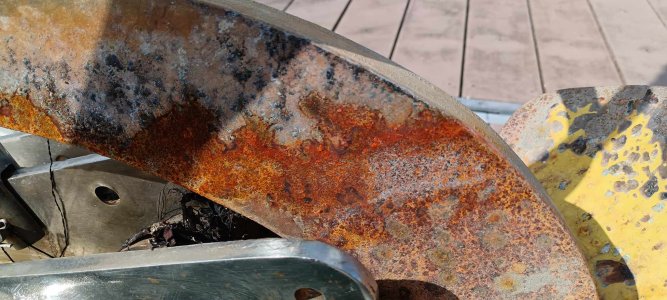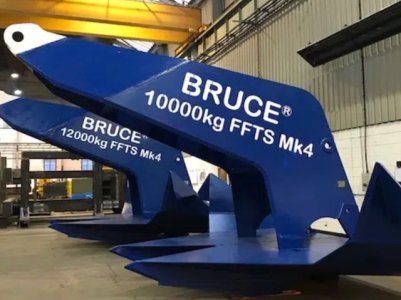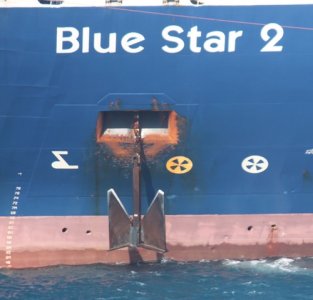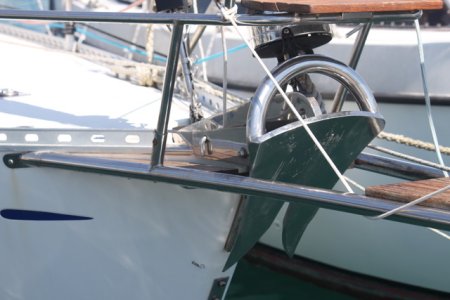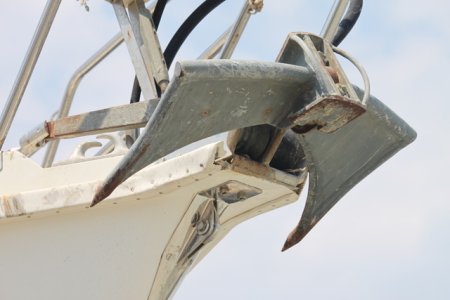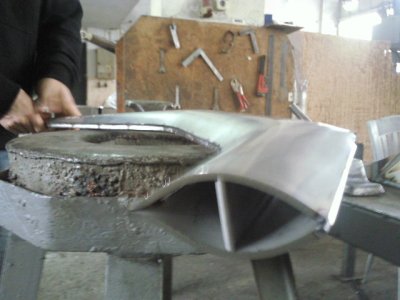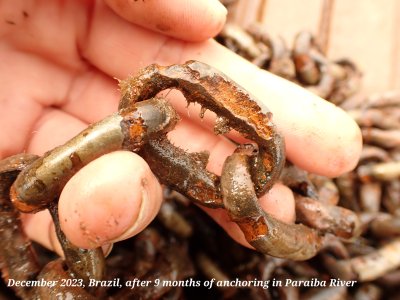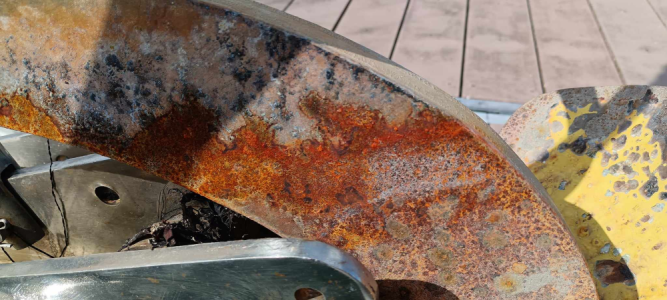geem
Well-Known Member
After owning this Spade anchor since 2021. I might be! Admittedly, it's been heavily used but it does look like it's about 15 years old not 3Almost none of us are in the market for a new anchor.....we all have one on the bow....and possibly a spare or two in the lazaret or garage....but if an incredible new product comes to market.....many of us might still be persuaded to get it
